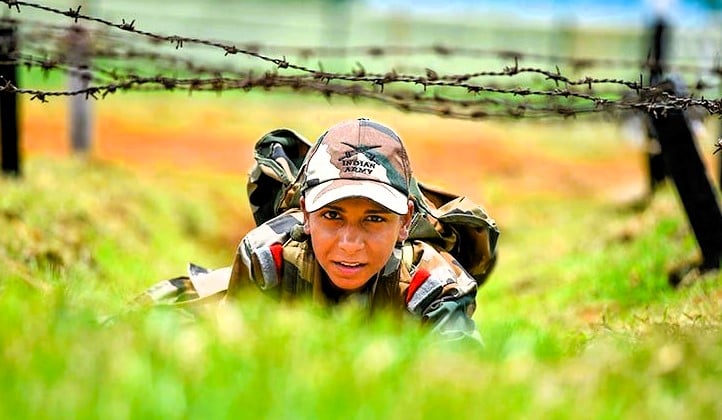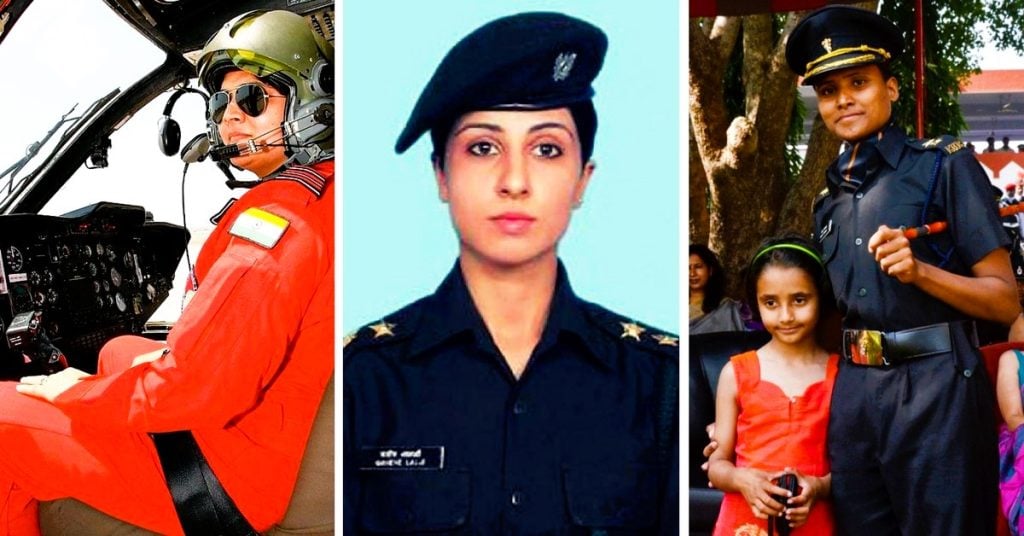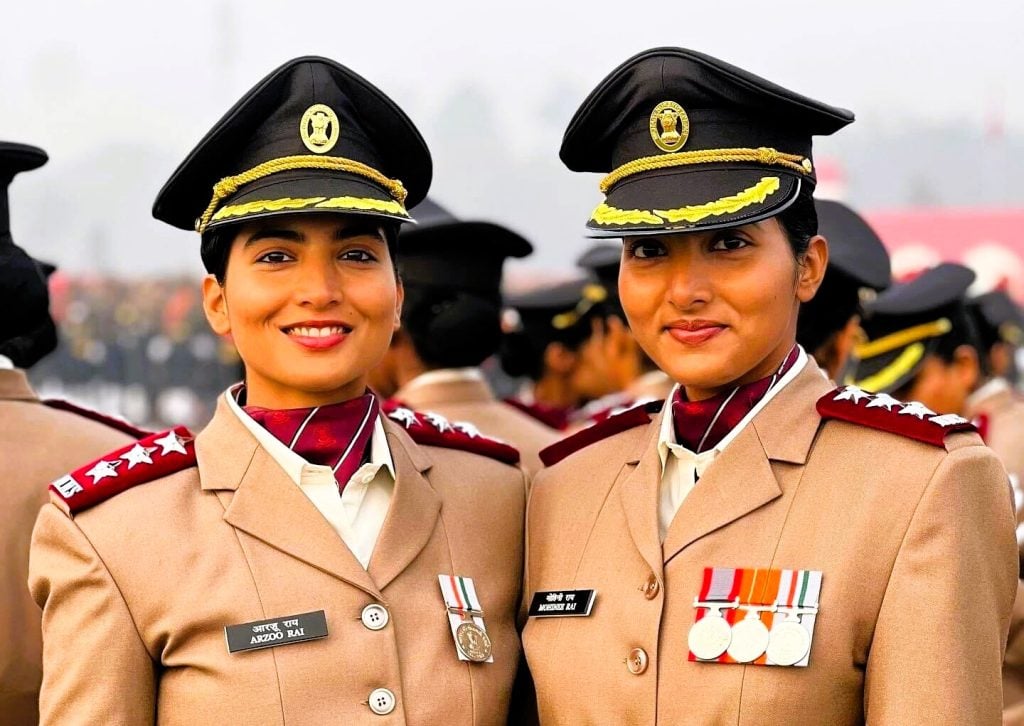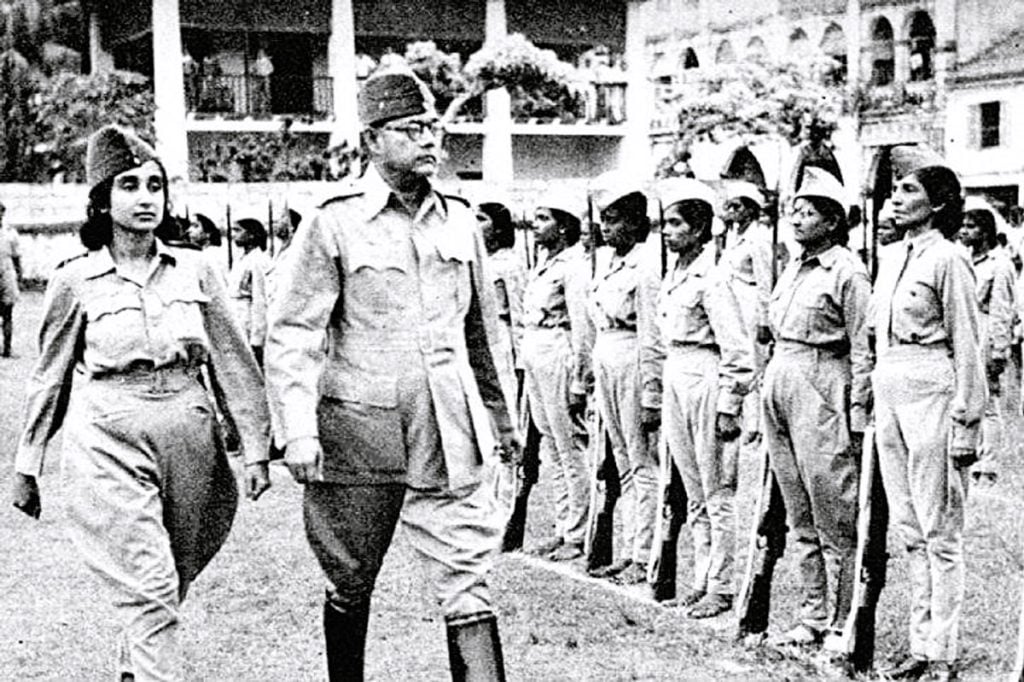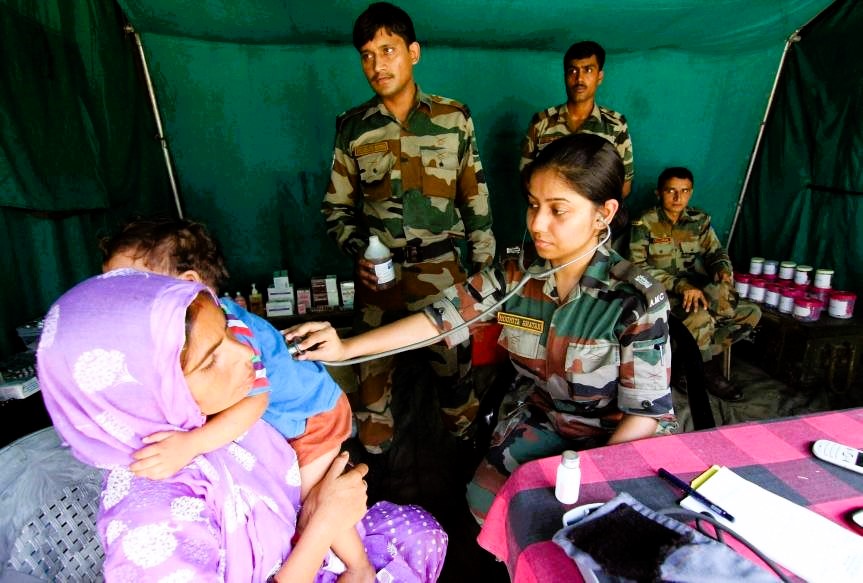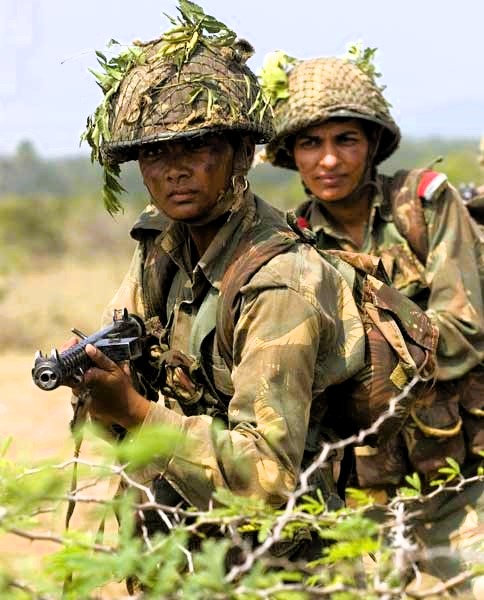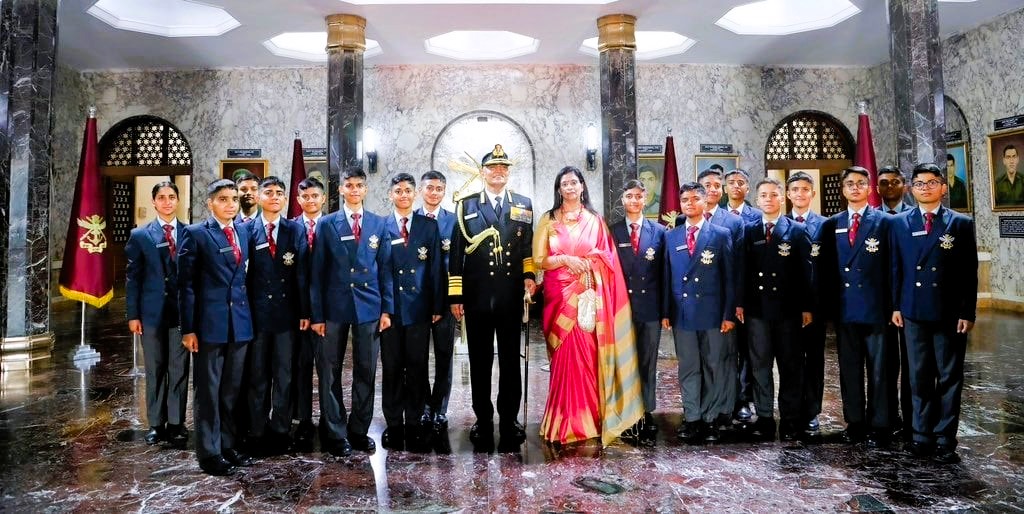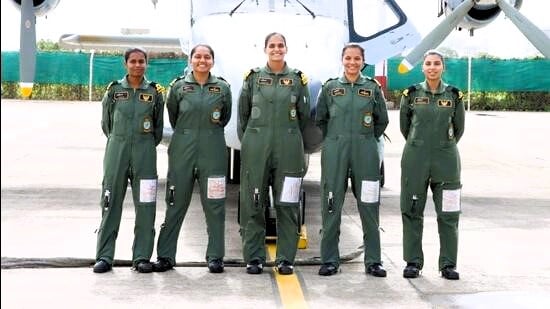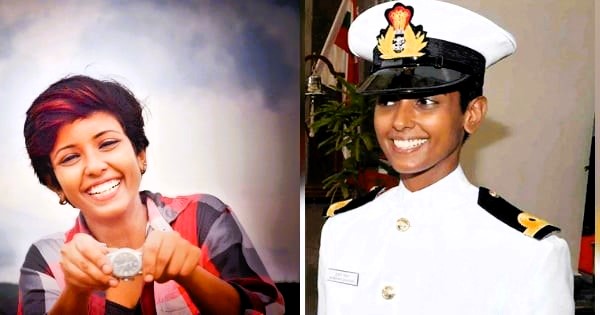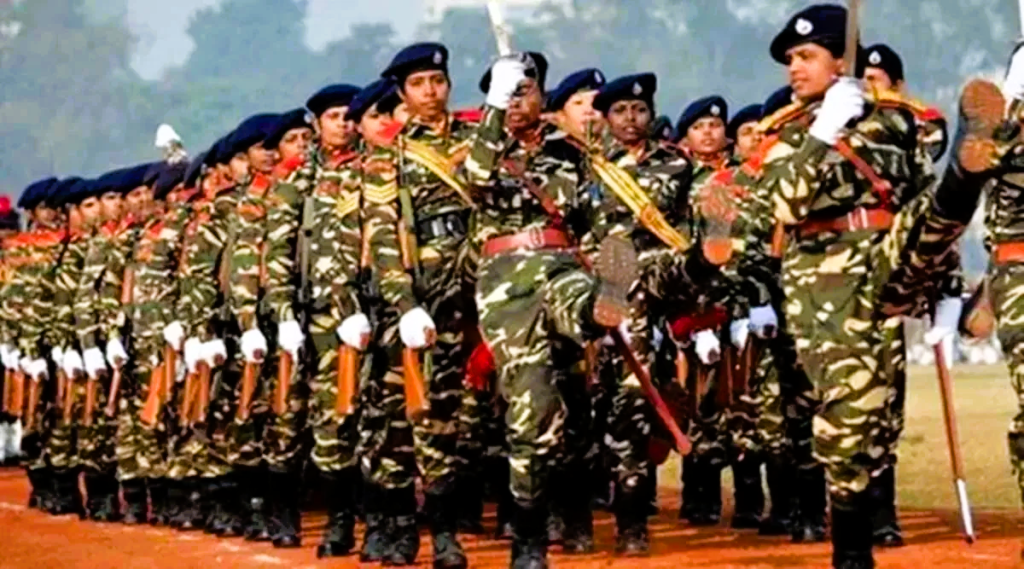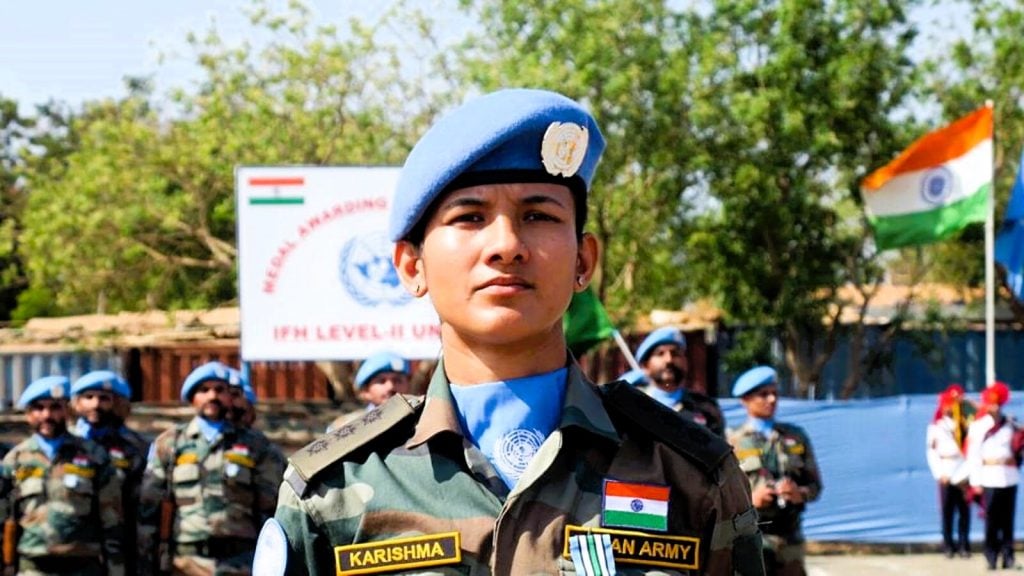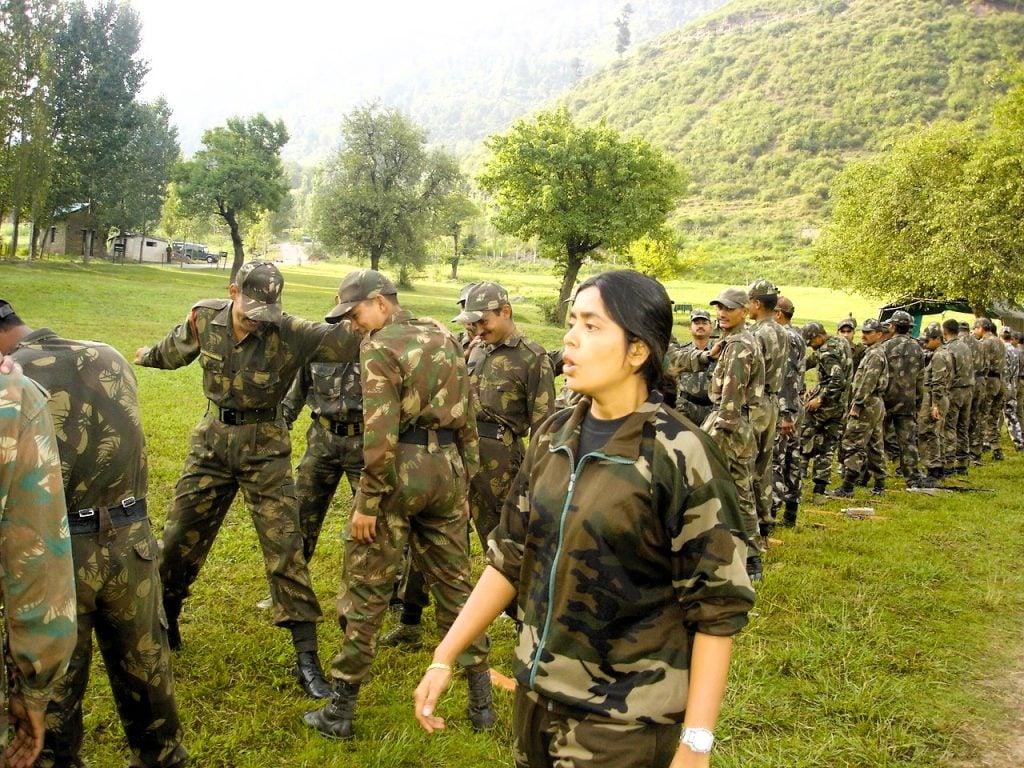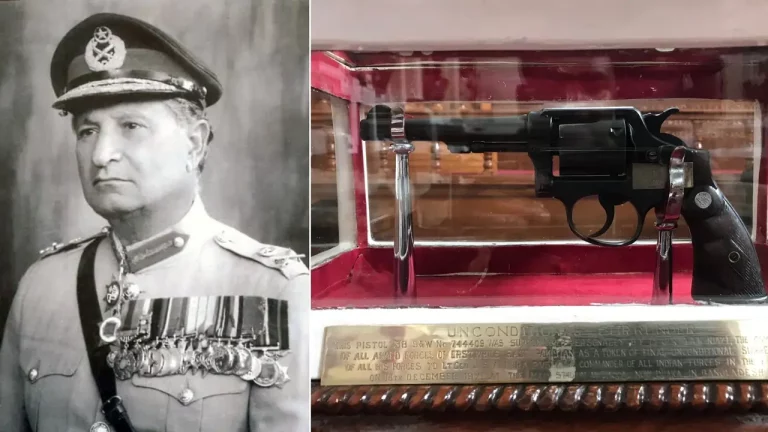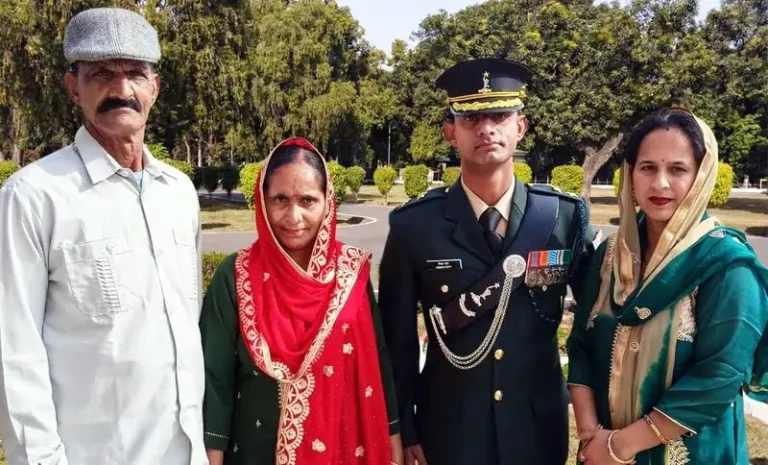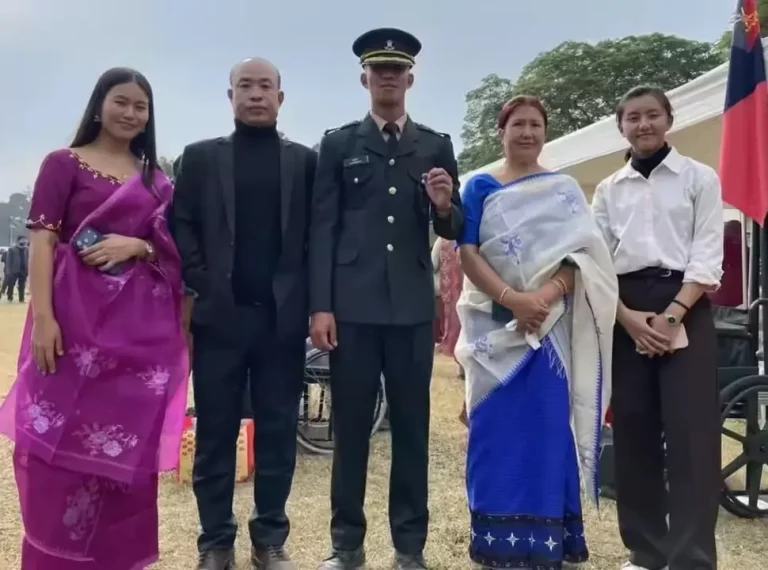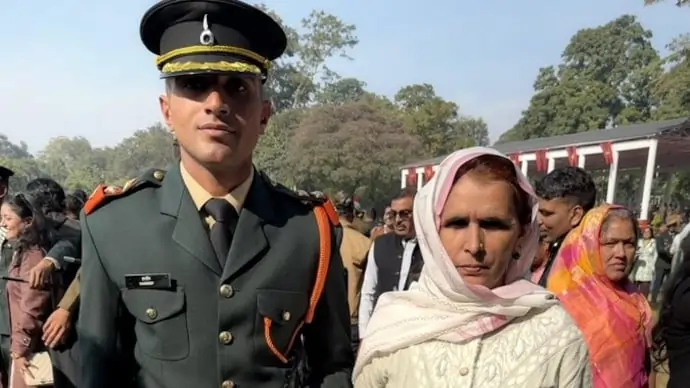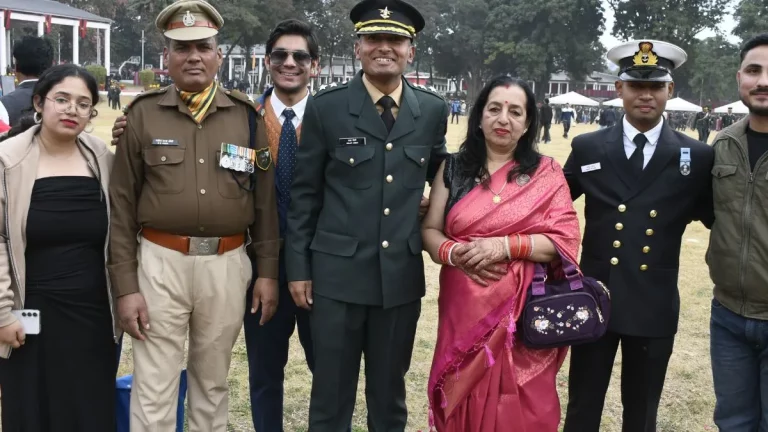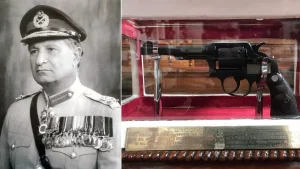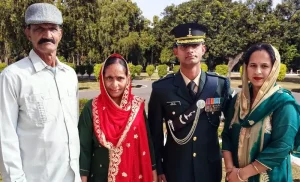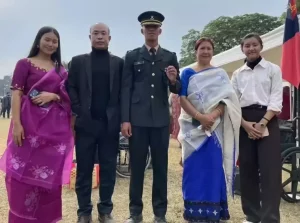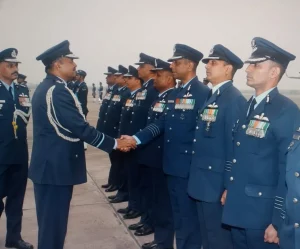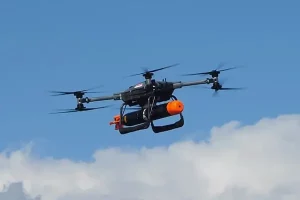The presence and contributions of Indian Women In Armed Forces have been a remarkable journey, marked by a steady progression from auxiliary roles to commanding positions. This narrative reflects the resilience, determination, and unwavering spirit of the women who have shattered stereotypes and carved out a formidable space for themselves in the traditionally male-dominated domain of national defense.
The Roots of Women’s Involvement in the Armed Forces
The origins of women’s involvement in the Indian armed forces can be traced back to the colonial era, when the British Indian Army first introduced them as nurses during World War I. This initial foray was driven by a practical necessity – the lack of male doctors on the frontlines. This marked the beginning of a gradual, yet significant, integration of women into the military ecosystem.
Expanding Roles: From Nurses to Non-Combatant Duties
Building on this foundation, the British further expanded the scope of women’s participation by establishing the Women’s Auxiliary Corps. This allowed them to serve in non-combatant roles such as accounting, communications, and administration, broadening the horizons of their military contributions.
The Rani of Jhansi Regiment: A Trailblazing All-Women Unit
The Azad Hind Fauj, formed by Subhash Chandra Bose, took this integration a step further by incorporating the Rani of Jhansi Regiment – an all-women unit that saw active combat alongside the Imperial Japanese Army in Burma. This regiment, named after the legendary queen who fought against the British, stood as a testament to the capabilities and bravery of Indian women in the armed forces.
10 Books Every Defence Aspirant Should Read
The Gradual Progression Towards Equality
The post-independence era brought about a gradual shift in the status and roles of women in the Indian armed forces. The Army Act of 1950 initially rendered them ineligible for regular commissions, limiting their opportunities. However, this barrier was eventually overcome in 1958, when women were granted regular commissions in the Indian Army Medical Corps.
Breaking Barriers: Women Doctors on the Frontlines
This watershed moment paved the way for women to take on more prominent responsibilities within the armed forces. As Dr. Madhuri Kanitkar, a former Lieutenant General in the Indian Army, noted, “Starting from there, look where we’ve come today; now women doctors are serving upfront; they are even posted at high-altitude locations and Siachen base camp as well.”
The Rise of Women Spies: Noor Inayat Khan and Sehmat
Alongside the gradual integration of women into mainstream military roles, the annals of history also celebrate the contributions of remarkable women spies. Figures like Noor Inayat Khan, who served during World War II, and Sehmat, whose story inspired the 2018 Bollywood film “Raazi,” have left an indelible mark on the nation’s defense and intelligence operations.
The Expansion of Women’s Roles in the 1990s
The journey of Indian women in the armed forces took a significant leap forward in 1992, when they were granted short-service commissions in roles beyond the traditional nursing and medical domains. This opened up new avenues for women to contribute to the nation’s security.
Breaking the Glass Ceiling: Women in Combat Roles
While the inclusion of women in the armed forces has been a gradual process, the recent years have seen remarkable strides in their representation, particularly in combat roles. In 2020, the Supreme Court’s landmark ruling granted permanent commissions to short-service commissioned women officers, paving the way for them to assume commanding positions.
Diversifying Opportunities: Women in the NDA and Provost JCOs/OR
The Indian armed forces have further expanded the horizons for women’s participation, with the induction of women cadets into the prestigious National Defense Academy (NDA) and the recruitment of women as “provost JCOs/OR” (Junior Commissioned Officers/Other Ranks).
8 Deadliest Wars of the 21st Century
Women in the Indian Air Force and Navy
The integration of women in the Indian armed forces has not been limited to the Army. The Indian Air Force has also taken steps to include women in selective fighter roles, while the Indian Navy has made significant strides in this direction as well.
The Indian Navy’s First Woman Pilot: Sub-Lieutenant Shubhangi Swaroop
In 2019, the Indian Navy celebrated a historic milestone with the induction of Sub-Lieutenant Shubhangi Swaroop, the first woman pilot to join the naval aviation wing, flying the Dornier 228 surveillance aircraft.
Expanding Opportunities in the Indian Navy
The Indian Navy’s commitment to gender inclusivity is further evidenced by its ongoing efforts to expand the roles and responsibilities of women within the service. As the armed forces continue to evolve, the Navy’s progressive approach serves as a shining example of the growing acceptance and empowerment of women in the military.
The Agniveer Scheme: A Revolutionary Step
In a groundbreaking move, the Indian Army has recently considered enlisting women as Agniveers, a revolutionary step towards greater gender inclusion in the military. The Agniveer scheme, which aims to bring in a younger and more diverse workforce, has already seen the induction of the third batch of Agniveers, including 396 women.
The Significance of the Agniveer Scheme
This landmark decision reflects the Indian armed forces’ commitment to fostering a more equitable and representative military. The inclusion of women as Agniveers not only challenges traditional gender norms but also paves the way for a more inclusive and empowered future for Indian women in national defense.
The Changing Societal Perceptions
As the journey of Indian women in the armed forces has unfolded, the societal perceptions and attitudes towards their roles have also undergone a remarkable transformation. Dr. Madhuri Kanitkar, the former Lieutenant General, observed, “Gradually, society has also started to accept and respect women; the traditional role of women in rural India has started to change again; those women will encourage others.”
The Empowerment of Rural Women
The increased visibility and success of women in the armed forces have had a ripple effect, inspiring and empowering women, even in the most traditional and rural parts of the country. This shift in societal mindsets is a testament to the profound impact that the trailblazing women in the military have had on the collective consciousness of the nation.
The Ongoing Challenges and the Path Forward
While the progress made by Indian women in the armed forces is undeniably remarkable, the journey is far from over. Challenges and barriers still exist, and the pursuit of true gender equality in the military remains an ongoing endeavor.
Addressing the Gender Gap: Towards a More Inclusive Armed Forces
Despite the recent advancements, the representation of women in the Indian armed forces remains relatively low, with only 4% of the army’s over one million members being women. Bridging this gap and ensuring equal opportunities for women in all aspects of the military is a critical priority for the years to come.
Continuous Improvement and Empowerment
As the Indian armed forces continue to evolve and adapt to the changing times, the commitment to empowering women and fostering a more inclusive and diverse military ecosystem must remain steadfast. Through sustained efforts, policy reforms, and a collective societal shift, the dream of a truly gender-equal armed forces can be realized.
Akash Surface-to-Air Missile System
Conclusion
The journey of Indian women in the armed forces is a testament to the power of determination, resilience, and the relentless pursuit of equality. From their humble beginnings as nurses during World War I to their current roles as commanding officers, combat pilots, and Agniveers, these trailblazers have shattered glass ceilings and paved the way for a more inclusive and empowered future.
As the nation continues to witness the remarkable contributions of these women, the path forward remains clear: to build upon the foundations laid by their predecessors and ensure that the Indian armed forces truly reflect the strength, diversity, and prowess of the nation’s womenfolk. The journey may have been long, but the destination of a fully gender-inclusive military is within reach, and the women of India are poised to lead the way.
FAQs
Q1. When were women first introduced in the Indian armed forces?
Women were first introduced in the Indian armed forces during World War I, when the British Indian Army started including them as nurses in the hospitals due to a lack of male doctors.
Q2. What was the role of the Rani of Jhansi Regiment in the Indian armed forces?
The Rani of Jhansi Regiment was an all-women unit formed by Subhash Chandra Bose’s Azad Hind Fauj. This regiment saw active combat while fighting alongside the Imperial Japanese Army in Burma, making it a trailblazing example of women’s involvement in combat roles.
Q3. What are the current opportunities available for women in the Indian armed forces?
Currently, women are being commissioned in the Indian Army in various streams, including the Corps of Engineers, Corps of Signals, Army Air Defense, and more. The Indian Air Force also allows them selective fighter roles, and the Indian Navy has inducted its first woman pilot, Sub-Lieutenant Shubhangi Swaroop. Additionally, the Indian Army is actively considering enlisting women as Agniveers, further expanding their representation in the military.
Q4. What are the ongoing challenges and the path forward for women in the Indian armed forces?
While significant progress has been made, challenges and barriers still exist. The representation of women in the Indian armed forces remains relatively low, with only 4% of the army’s over one million members being women. Bridging this gender gap and ensuring equal opportunities for women in all aspects of the military is a critical priority. Continuous improvement, policy reforms, and a collective societal shift are necessary to achieve true gender equality in the Indian armed forces.
